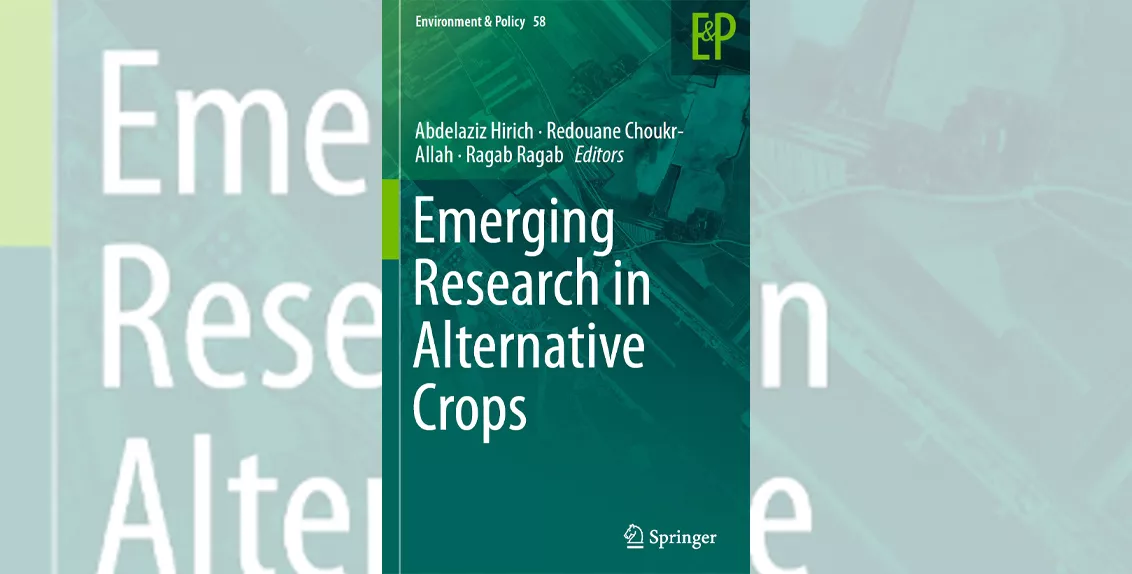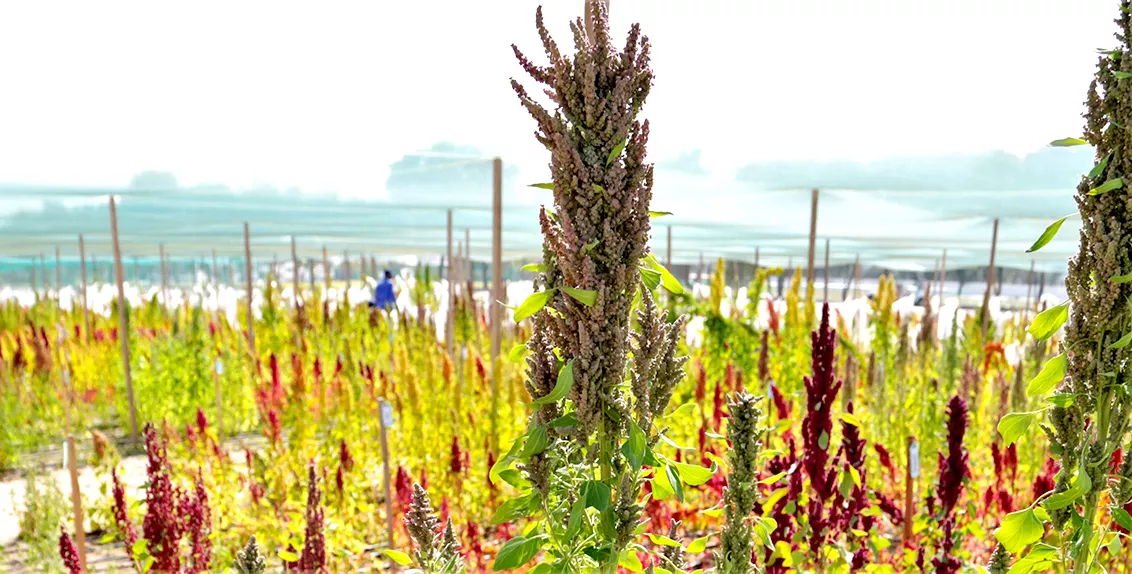Alternative crops key to food security in marginal environments – new book
15 October 2020
A new book titled “Emerging Research in Alternative Crops” lays out how alternative crops can contribute to ensuring food security, better nutrition, improved livelihoods and environmental sustainability in marginal environments in different parts of the world.
Providing case studies from various regions, the book makes out a strong case for the cultivation of alternative crops like quinoa, amaranth and others in marginal areas as a workable solution to the problems of water scarcity, soil and water salinity, drought and heat, which are exacerbated by climate change.
Co-edited by Dr. Redouane Choukr‐Allah, Senior Fellow at the International Center for Biosaline Agriculture (ICBA), the book presents a detailed analysis of the latest research on new cropping systems suitable for marginal environments.
It goes into recent studies which show how salt-, drought- and heat-tolerant crops can help to rehabilitate degraded lands, reduce the use of pesticides and other inputs, and preserve biodiversity.
Each of the book’s 16 chapters presents a thorough overview of wide-ranging benefits of alternative crops and practical solutions for scientists, food producers and other stakeholders.
For example, the first chapter co-authored by Dr. Ismahane Elouafi, Director General of ICBA, explains why alternative crops are key to achieving food security and better nutrition in marginal environments. It details ICBA’s experience in crop improvement and breeding and the conservation of plant genetic resources.
It also cites quinoa – a highly resilient and nutritious crop - as a potential solution for fighting hunger, malnutrition, and poverty in areas where staple crops do not fare well.
It also proposes the way forward for improving the productivity of alternative crops and their adaptation in marginal environments and emphasizes the need for stepping up international scientific collaboration and developing the capacities of farmers and other stakeholders.
It is hoped that the book will serve as an important step towards promoting the cultivation of alternative crops and encouraging further research on the subject. It will also be a useful reference for scientists, specialists and policymakers working to improve agricultural productivity in marginal environments.












